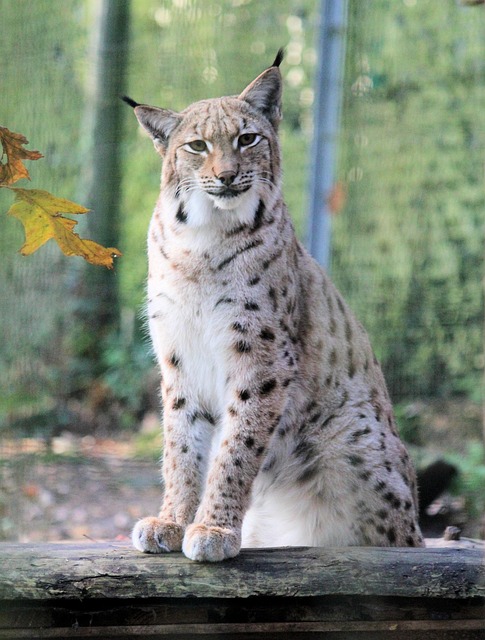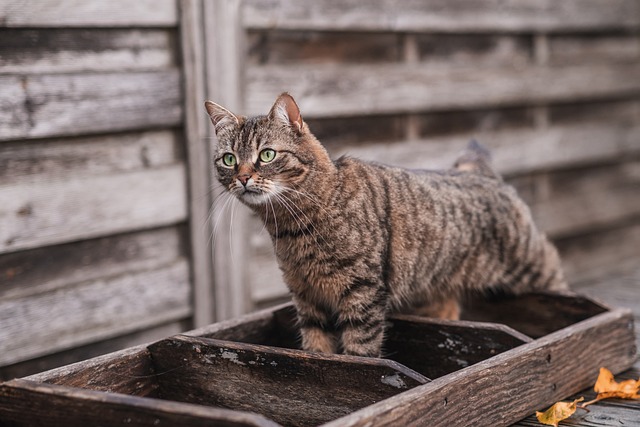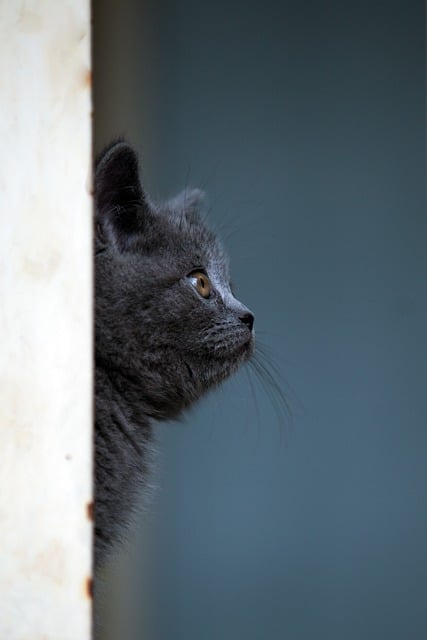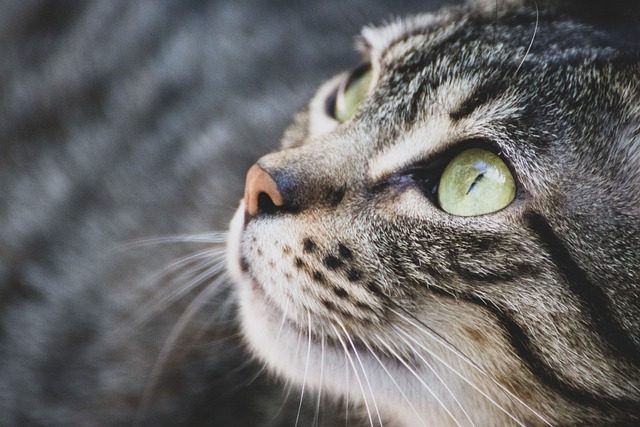Pet sitters insurance is crucial protection against financial losses and legal liabilities for pet sitters managing multiple animals with diverse needs. Specialized policies offer comprehensive coverage, including liability, medical expenses, and property damage protections, ensuring peace of mind and safeguarding both sitter and pets in their care. Proper risk management involves assessing individual pet hazards and behavioral issues while adhering to policy terms, excluding negligence, pre-existing conditions, and certain activities for adequate protection.
Looking to insure your pet-sitting business? Protecting multiple pets requires a specialized approach. This guide navigates the essentials of pet sitting insurance policies, covering everything from understanding basic concepts to evaluating risk factors for diverse species. We’ll explore various coverage options, dissect the claims process, and highlight common exclusions. Essential reading for any responsible pet sitter looking to safeguard their business and the animals in their care.
- Understanding Pet Sitting Insurance Basics
- Coverage Options for Multiple Pets
- Evaluating Risk Factors for Diverse Species
- Claims Process and Common Exclusions
Understanding Pet Sitting Insurance Basics
Pet sitting insurance is designed to protect both pet sitters and clients by providing financial coverage in case of unexpected events. For pet sitters, this includes liability protection against accidents or injuries that may occur while caring for someone else’s pets. It also offers property damage coverage, ensuring that if any harm comes to the client’s home or belongings during their absence, the pet sitter is protected.
Understanding these insurance policies is crucial for pet sitters, especially those looking after multiple pets at a time. Given the increased responsibility and potential risks, comprehensive coverage can shield against financial losses and legal liabilities. It allows pet sitters to focus on providing quality care while knowing they are shielded from unforeseen circumstances that may arise during their duty hours.
Coverage Options for Multiple Pets
Many insurance policies for pet sitting specifically cater to those who look after multiple animals at once, recognizing that each pet has unique needs and potential risks. These policies offer comprehensive coverage options tailored for pet sitters’ diverse situations. For instance, some plans include liability protection extending to all pets under care, ensuring financial security if an accident occurs involving any of the animals.
Additionally, they may provide coverage for medical expenses, including emergency treatments and routine healthcare, for each pet. This is especially beneficial for pet sitters looking after various species with distinct health requirements. Some policies even offer optional add-ons like property damage coverage, which can be valuable if a pet accidentally causes harm to the owner’s belongings while under the sitter’s care.
Evaluating Risk Factors for Diverse Species
When evaluating risk factors for diverse species, pet sitters must consider the unique needs and behaviors of each animal. Different pets have varying levels of activity, dietary requirements, and health conditions that can impact their care. For instance, high-energy dogs may pose a different level of challenge compared to elderly cats with specific nutritional needs.
Pet sitters should assess the risk associated with each pet individually and be prepared for unexpected events. This includes considering potential accidents, escapes, or behavioral issues that could arise during their care. Proper training, experience, and understanding of animal behavior are crucial in managing these risks effectively and ensuring the safety and well-being of all pets under their care.
Claims Process and Common Exclusions
When it comes to claims, Pet Sitting Insurance Policies typically have a straightforward process. First, the policyholder contacts their insurance provider after an incident occurs involving one or more pets under their care. They then provide details about the situation and any necessary documentation, such as veterinary bills or witness statements. The insurer will review the claim, assess its validity, and determine coverage based on the policy terms. If the claim is approved, compensation will be issued according to the policy limits.
However, it’s crucial for pet sitters to understand that these policies may have certain exclusions. Common exclusions include negligence on the part of the pet sitter, pre-existing conditions of the pets, and activities outside the scope of the agreed-upon services. For instance, if a pet sitter fails to administer medication as instructed or causes an accident due to carelessness, the claim might be denied. Additionally, any damages resulting from natural disasters or escape attempts by the pets are usually not covered. Pet sitters should carefully review their policies and understand these exclusions to ensure they have adequate protection for themselves and the animals in their care.






